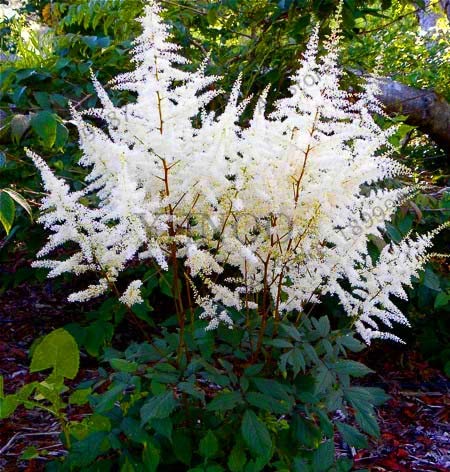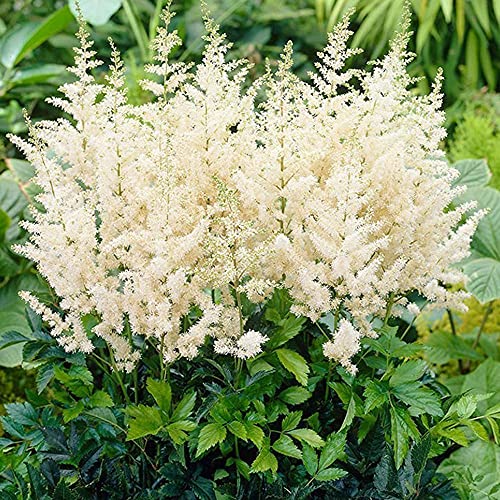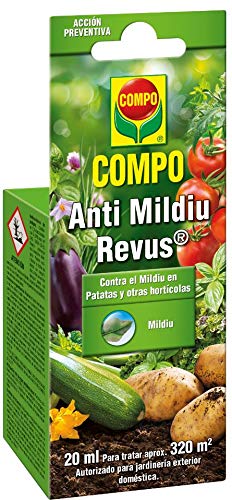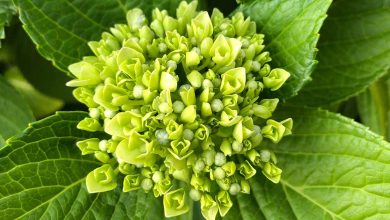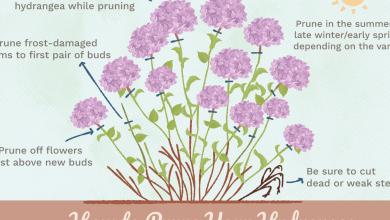White Astilbe: [Characteristics, Cultivation, Care and Disadvantages]
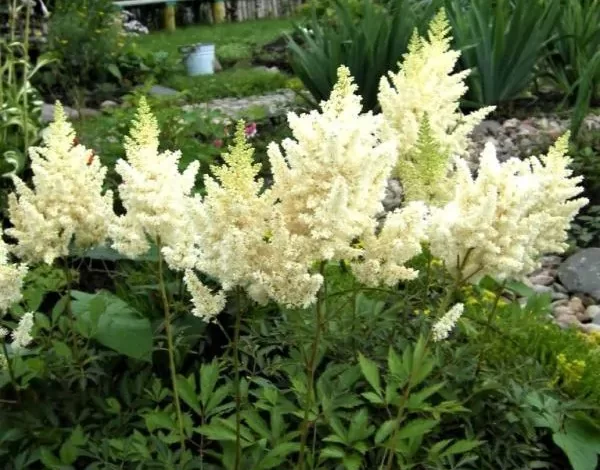
Important points when planting a white Astilbe:
- When? White astilbe should be grown from seed or healthy specimens of the plant during the spring or fall.
- Where? It can be planted in rows in the garden or on the edges of walkways. It can also be planted in pots.
- How do we water? The irrigation of the white astilbe must be abundant in amount of water, but scarce in frequency.
- How often do we water? Water should be supplied only when the land is completely dry, to avoid problems and diseases caused by excess water.
- What care does it require? Thewhite astilbe plant is not very demanding with the necessary care for its development. It can be grown in any type of soil, but requires fresh, deep, well-drained soil.
- What pests and diseases affect you? It is necessary to maintain vigilance over irrigation, since it can cause diseases caused by fungi that arise from excess water.
What characteristics does the white astilbe plant have?
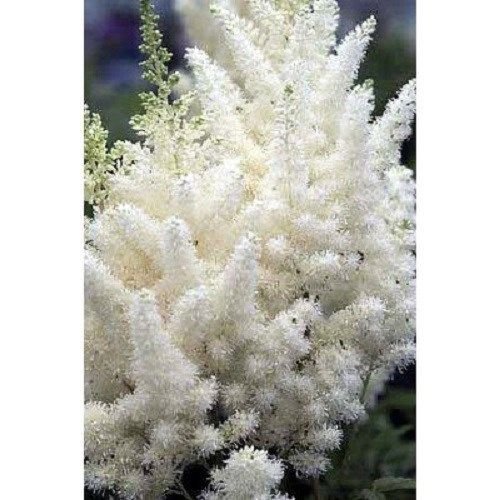 The white astilbe plant belongs to the saxifragaceae family, receives the scientific name of astilbe and can measure from 0.50 to 1.20 m in height when in flower.
The white astilbe plant belongs to the saxifragaceae family, receives the scientific name of astilbe and can measure from 0.50 to 1.20 m in height when in flower.
It is a species native to the Far East, especially China and Japan, but it has also settled in humid and high-altitude areas of North America.
White astilbe is a perennial plant, meaning that its leaves and stems dry out, but its roots remain and can sprout again in spring.
It is a perennial variety, which has patches of highly divided leaves. Its flowers are tiny, united by clearly exposed feathery panicles on the foliage and emit a pleasant and delicate aroma.
The inflorescences appear as a kind of upright and compact feather duster in some specimens and hanging in other species of astilbe. The flowers have a beautiful range of colors from white to red and from pink to salmon or purple.
The plumes dry out, but usually remain upright and attractive until the following winter. Another characteristic of white astilbe is its beautiful, lush foliage, evergreen with a ragged or jagged fern-like shape.
Sometimes new foliage buds can take on beautiful fall colors, depending on the variety of astilbe in question. The white astilbe is a rustic plant that can last for more than fifteen years, with the necessary conditions for its development.
It is a highly valued species to illuminate the shaded areas of the garden and to plant as part of large groups of flowering plants.
When to plant white astilbe?
White astilbe should be grown from seed or healthy specimens of the plant during the spring or fall. It is a very simple plant to sow as it does not require great care and has a rapid development.
Where to plant white astilbe?
It can be planted in rows in the garden or on the edges of walkways. The white astilbe can also be planted in pots and is a very easy to grow and very beautiful plant.
It is a variety that appreciates being planted in a cool, fertile and light soil with light shade, so it can be planted under deciduous trees. Smaller cultivars of white astilbe can be grown in rock gardens or alpine gardens.
How do we water white astilbe?
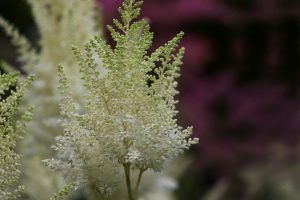 The irrigation of the white astilbe must be abundant in amount of water, but scarce in frequency.
The irrigation of the white astilbe must be abundant in amount of water, but scarce in frequency.
The plant needs good hydration for its development, especially when the ambient temperature exceeds 30º C, otherwise it can dry out.
Mulching could be used to limit evaporation, although this is not enough to maintain moisture and more watering will be required in the summer.
One way to recognize that the white astilbe receives enough water is by observing its leaves, when they turn yellow they need regular watering.
How often do we water white astilbe?
Unlike plants in general, the white astilbe does not require frequent watering, but it does require abundant watering when it receives the water supply.
Water should only be supplied when the land is completely dry, to avoid problems and diseases caused by excess water. During the winter and the rainy seasons it should not be watered, because it takes from the rain the amount it needs.
How to plant a white astilbe step by step?
- Select the seeds or a healthy and vigorous white astilbe mother plant.
- Open a hole 15 cm deep or double the size of the roots of the plant to be planted.
- Fill in with soil, and add a little manure or compost.
- Introduce the roots of the plant or the seeds and then cover them with soil.
- Water abundantly and without flooding.
- Keep the substrate cool and moist.
- Astilbe seeds will germinate in about 30 days.
- Use clean, sharp and disinfected gardening tools to avoid damage or the transmission of diseases to the plant.
What care does the white astilbe need?
The white astilbe plant is not very demanding with the necessary care for its development.
- It can be grown in any type of soil, but requires fresh, deep, well-drained soil.
- Experts recommend the use of soil with a mixture of humus.
- The location of the plant must be in full sun to promote the development of the flowers, otherwise it will be its leaves that will grow the most.
- White astilbe also appreciates some shade and its growth and development will be perfect if it can get both sun and some shade.
- It does not withstand very sudden temperature changes or very low temperatures, but neither does it withstand very high ones. Both ends can kill astilbe.
- The plant needs additional nutrients for its flowering, so it is recommended to apply fertilizers that contain nitrogen and phosphorus.
- Fertilize at least twice a year, ensuring that the soil is moist and especially when there is plenty of sun, early in the morning or late in the afternoon.
- The roots of white astilbe can be very vigorous and stick out of the ground, in which case it is necessary to cover them because it can cause the plant to dry out.
What pests and diseases affect white astilbe?
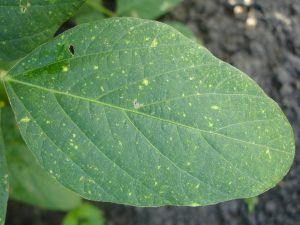 In general, pests and diseases do not usually attack the white astilbe plant.
In general, pests and diseases do not usually attack the white astilbe plant.
However, it is necessary to maintain vigilance over irrigation since it can cause diseases caused by fungi that arise from excess water.
Sometimes the mildew fungus can affect white astilbe.
The disease caused by mildew is characterized by round or oval whitish spots on the leaves and stems of the plant. The spots increase in size and mycelium and greyish to purplish sporulation develop on the tissues, which eventually dry out and die.
The best way to eliminate Mildew is prevention, since once it is installed in the white astilbe it is impossible to eliminate this disease.
Experts recommend maintaining a permanent monitoring of the white astilbe; establish timely control measures; remove affected crop debris and crop rotation.
Bibliographic references
- Saxifragaceae, E Pérez-Calix – 2004 – inecol.edu.mx
- Systematics and diversity of the Family Saxifragaceae Juss. in the Somiedo Biosphere Reserve (Asturias, Spain), JA Fernández Prieto, VM Vázquez… – Science Bulletin…, 2010 – researchgate.net
- Catalog of the vascular plants of the Principality of Asturias, JAF Prieto, EC Rodríguez, ÁB Sánchez, VM Vázquez… – 2014 – researchgate.net
- Potted Gardens, K Heimberger-Preisler – 2008 – books.google.com

